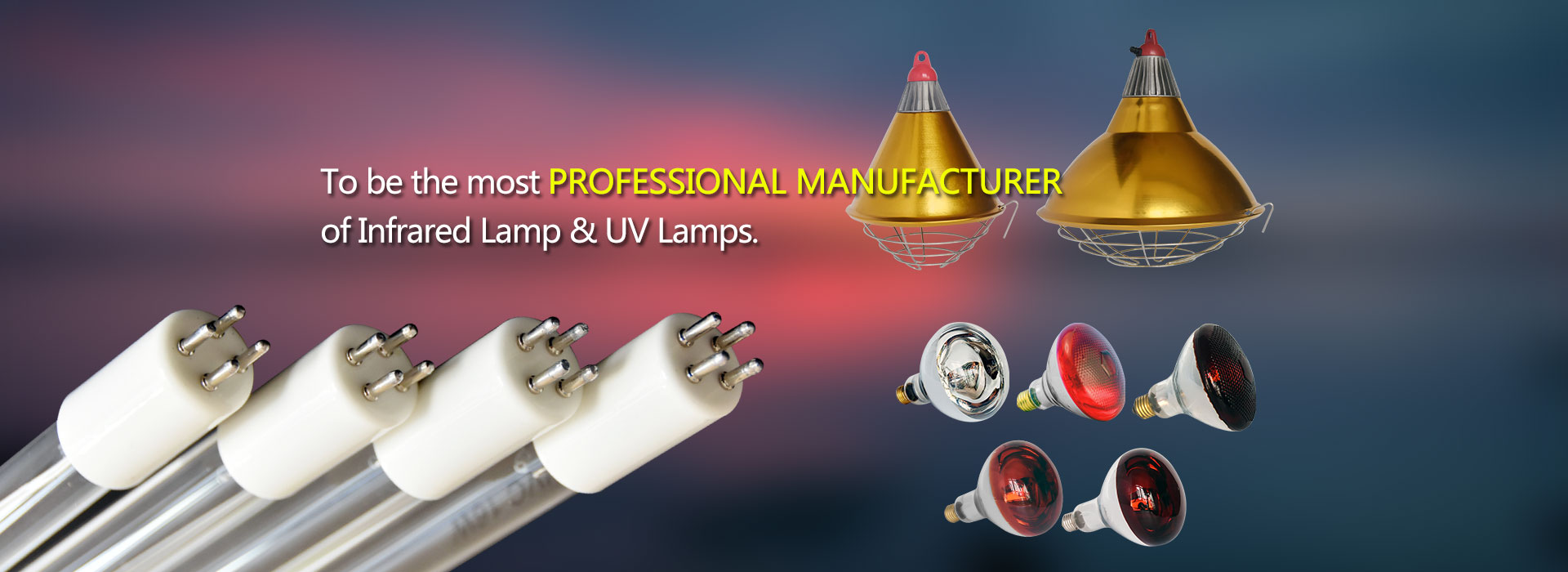According to different biological effects, ultraviolet rays are divided into four bands according to wavelength:
UVA band, wavelength 320 ~ 400nm, also known as long-wave dark spot effect ultraviolet. It has strong penetrating power and can penetrate most transparent glass and plastics. More than 98% of the long-wave ultraviolet rays contained in sunlight can penetrate the ozone layer and cloud layer to reach the earth's surface. UVA can directly reach the dermis of the skin, destroy elastic fibers and collagen fibers, and tan our skin. The UVA ultraviolet rays with wavelength of 360nm are in line with the phototaxis response curve of insects, and can be used to make trap lights. UVA rays with wavelengths of 300-420nm can pass through special colored glass lamps that completely cut off visible light, and only radiate near-ultraviolet light centered at 365nm, which can be used in ore identification, stage decoration, banknote inspection and other places.
UVB band, wavelength 275 ~ 320nm, also known as medium wave erythema effect ultraviolet. Medium penetrating power, its shorter wavelength part will be absorbed by transparent glass, most of the medium-wave ultraviolet rays contained in sunlight are absorbed by the ozone layer, and only less than 2% can reach the earth's surface, which is especially strong in summer and afternoon. UVB ultraviolet rays have an erythematous effect on the human body, which can promote the metabolism of minerals and the formation of vitamin D in the body, but long-term or excessive exposure will tan the skin and cause redness and peeling. Ultraviolet health lamps and plant growth lamps are made of special transparent violet glass (which does not transmit light below 254nm) and phosphors with a peak value around 300nm.
UVC band, wavelength 100 ~ 275nm, also known as short-wave sterilization ultraviolet. It has the weakest penetrating ability and cannot penetrate most transparent glass and plastics. The short-wave ultraviolet rays contained in sunlight are almost completely absorbed by the ozone layer. Short-wave ultraviolet rays are very harmful to the human body. Short-term exposure can burn the skin. Long-term or high-intensity exposure can also cause skin cancer. Ultraviolet germicidal lamps emit UVC short-wave ultraviolet rays.

